In Newbury Park, California, a Land Rover Defender 130 Outbound faces the ultimate test during a historic atmospheric river event. Designed to withstand challenging conditions, this version of the Defender proves its mettle in adverse weather.
Originally conceived as the family-friendly iteration of the 2024 Land Rover Defender, the 130 model boasts an additional 13.5 inches of length behind the rear axle to accommodate a third-row seat. However, the Outbound variant distinguishes itself by foregoing the third row, utilizing the extra space to maximize cargo capacity.
With a cargo area spanning nearly 4 feet in length, totaling 46.9 cubic feet of space, the Outbound surpasses its three-row counterpart (43.5 cubic feet) and the Defender 110 (34 cubic feet). This ample storage area offers practicality for various hauling needs.
As a modified version, the Outbound retains features intended for the third row, such as air vents, storage bins, and rear-side glass. Although these components are concealed from exterior view, they remain functional inside the vehicle, including the defrosting heating element embedded in the side glass.
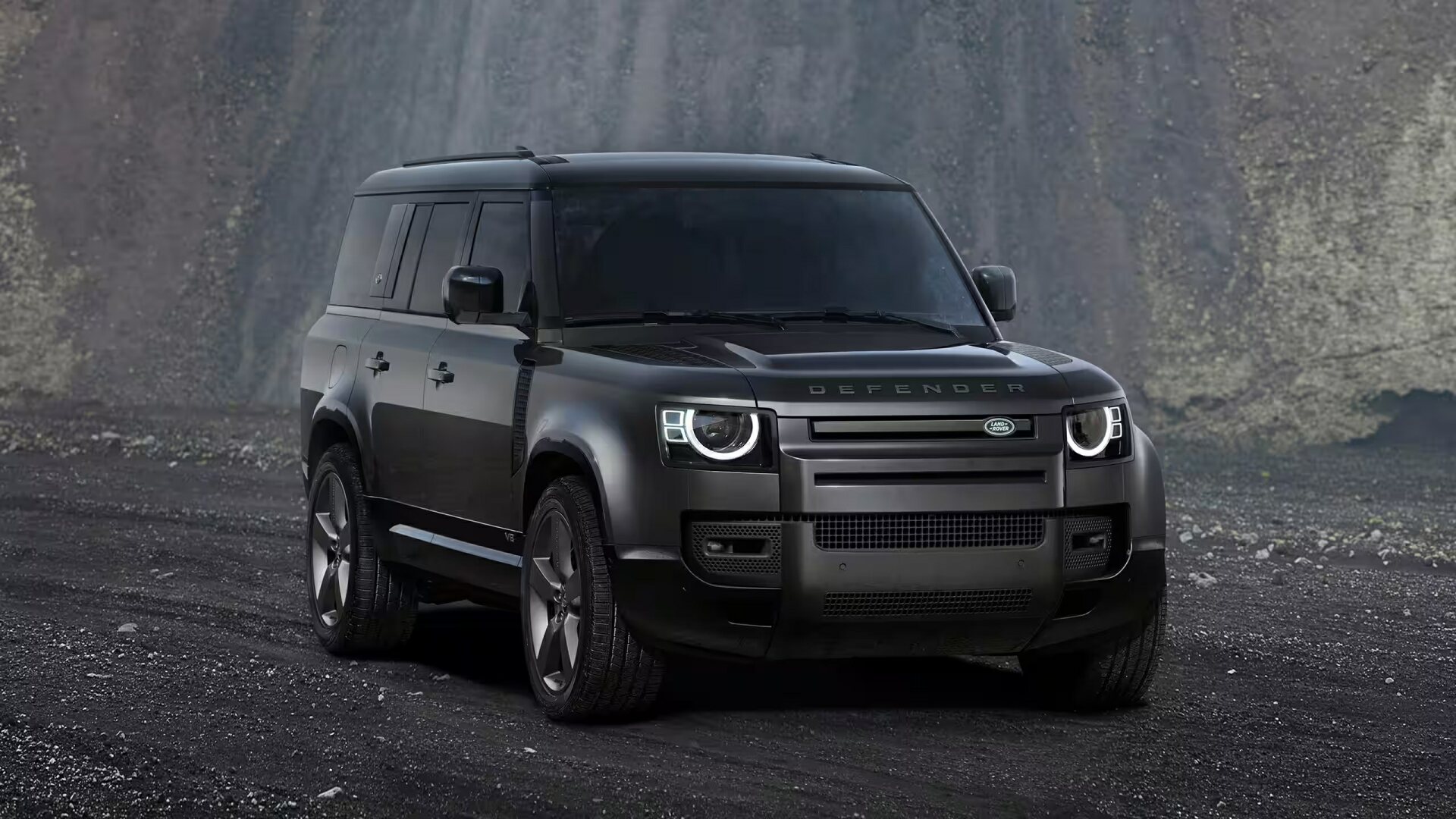
Additional accessories, like the fold-down ladder and storage box, enhance the Defender’s utility, albeit with potential drawbacks to aerodynamics and wind noise. In addition to its robust design and spacious cargo area, the Land Rover Defender 130 Outbound comes equipped with all-terrain tires mounted on black 20-inch wheels.
While these tires provide enhanced traction for off-road adventures, they contribute to a slightly less refined driving experience compared to other Defender models. One notable drawback of the Outbound’s design is the oversized spare tire, which poses challenges when using accessories like bike racks.
When attaching a Yakima StageTwo E-Bike rack to the hitch receiver, the protruding spare tire creates interference with the bike pedals, requiring adjustments to accommodate the setup. This inconvenience may limit the rack’s capacity and overall usability for transporting multiple bikes.
Despite these challenges, the Outbound offers practical solutions for cargo management and transportation. The air suspension system, accessible via a button in the cargo area, allows for easy adjustment to accommodate heavy loads.
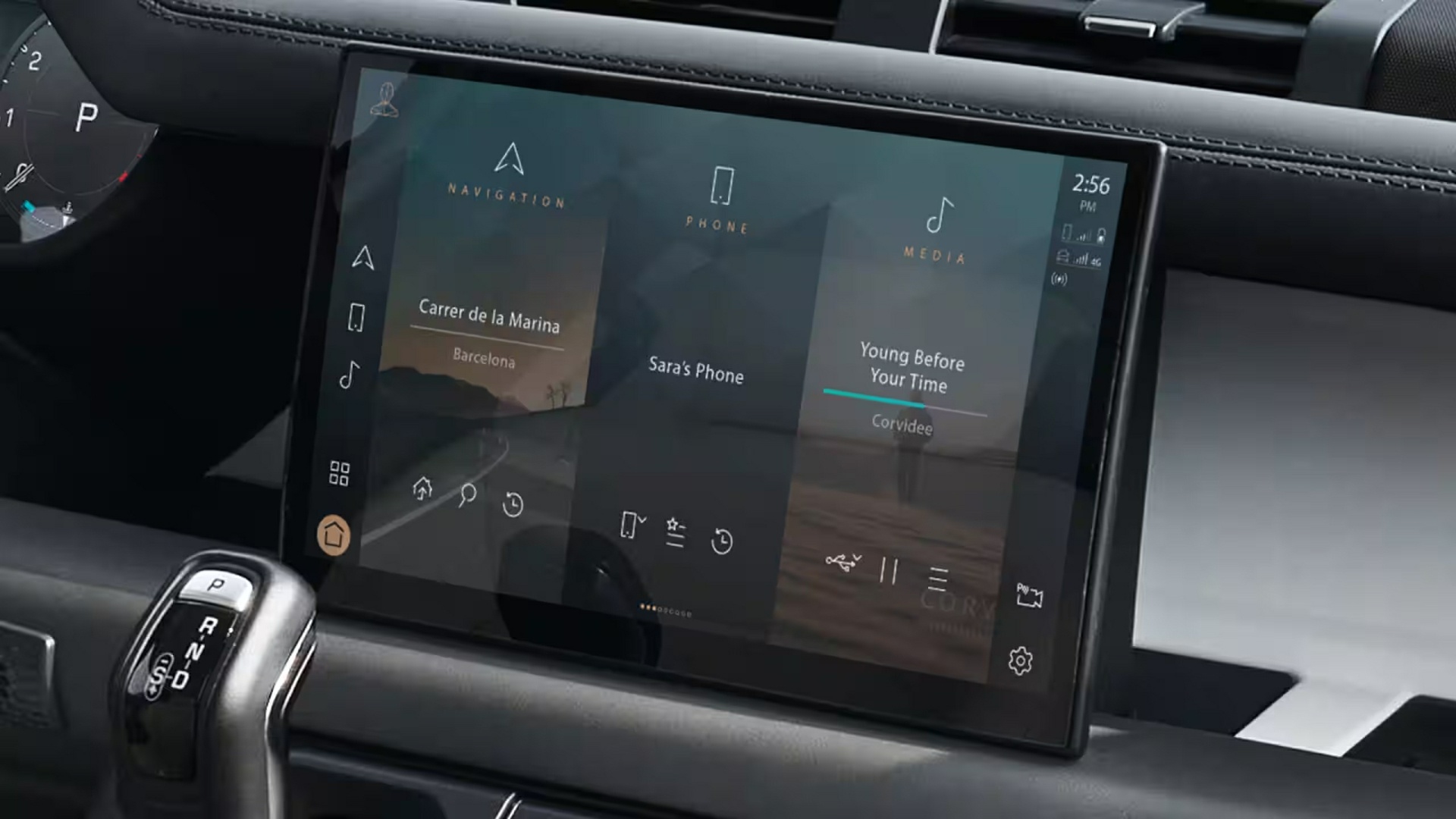
The vehicle’s matte Eiger Grey paint complements accessories like bike racks, creating a cohesive and visually appealing aesthetic. Although the Outbound’s design presents some limitations, its overall versatility and functionality make it a compelling option for outdoor enthusiasts and adventurers.
The Outbound’s interior, while lacking a third row, maintains a level of practicality and comfort consistent with the other 130 models. Customization options are somewhat limited, with a mandatory black interior and a choice between standard leather and the more upscale “Windsor” leather.
The standard combination of leather and “Robustec” textile on the seats and center console strikes a balance between luxury and durability, akin to a high-end hiking jacket. Standard features include an 11.4-inch PiviPro touchscreen infotainment system, which stands out for its smooth performance and user-friendly interface.
The cabin design is both aesthetically pleasing and functional, with convenient dash shelves and a versatile center console. However, some optional features, such as the refrigerator compartment and “Twin Front Cupholders with Cover,” raise questions about their necessity and additional cost.
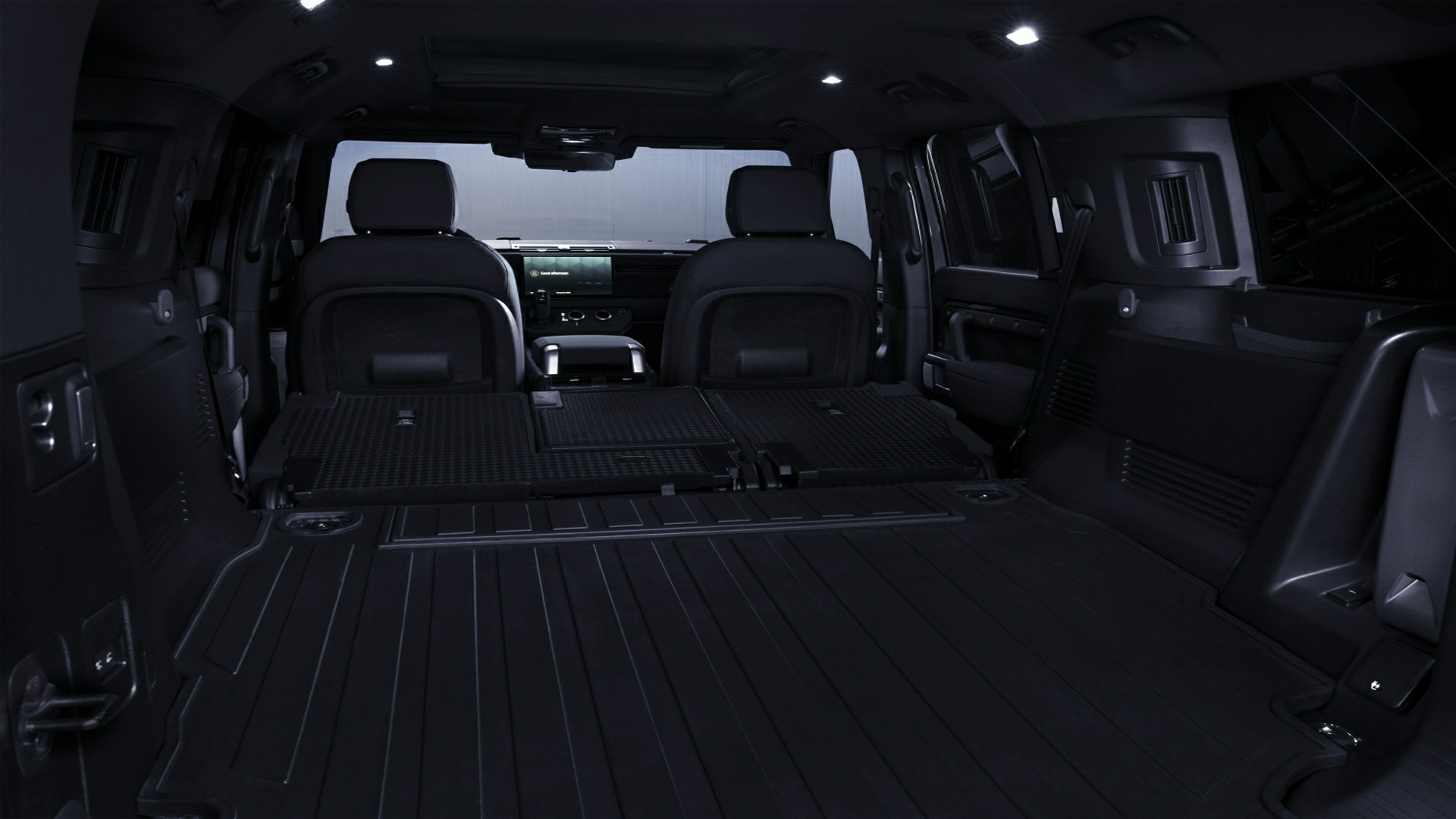
Like all Defenders, the Outbound is equipped with a height-adjustable air suspension system, allowing for easy adaptation to various driving conditions. Whether lowering the vehicle for bike mounting or raising it for off-roading, the suspension system enhances versatility and capability.
Although I didn’t have the opportunity to fully test the Outbound’s off-road capabilities due to adverse weather conditions, its potential for adventure remains evident. Ultimately, the Outbound embodies the essence of a rugged SUV, offering both practicality and performance for outdoor enthusiasts.
Its distinctive design elements, such as the body-colored rear side window panels, contribute to its appealing aesthetic and overall charm. The unique features of the Outbound, aside from the removed third row, are primarily limited to exterior trim and the absence of certain interior components.
While it’s not possible to configure a custom three-row Outbound through the options list, you can still achieve a similar setup and save some money. Starting at $85,975, which includes the $1,475 destination charge, the Outbound is $3,200 more expensive than the comparably equipped 130 X-Dynamic SE.
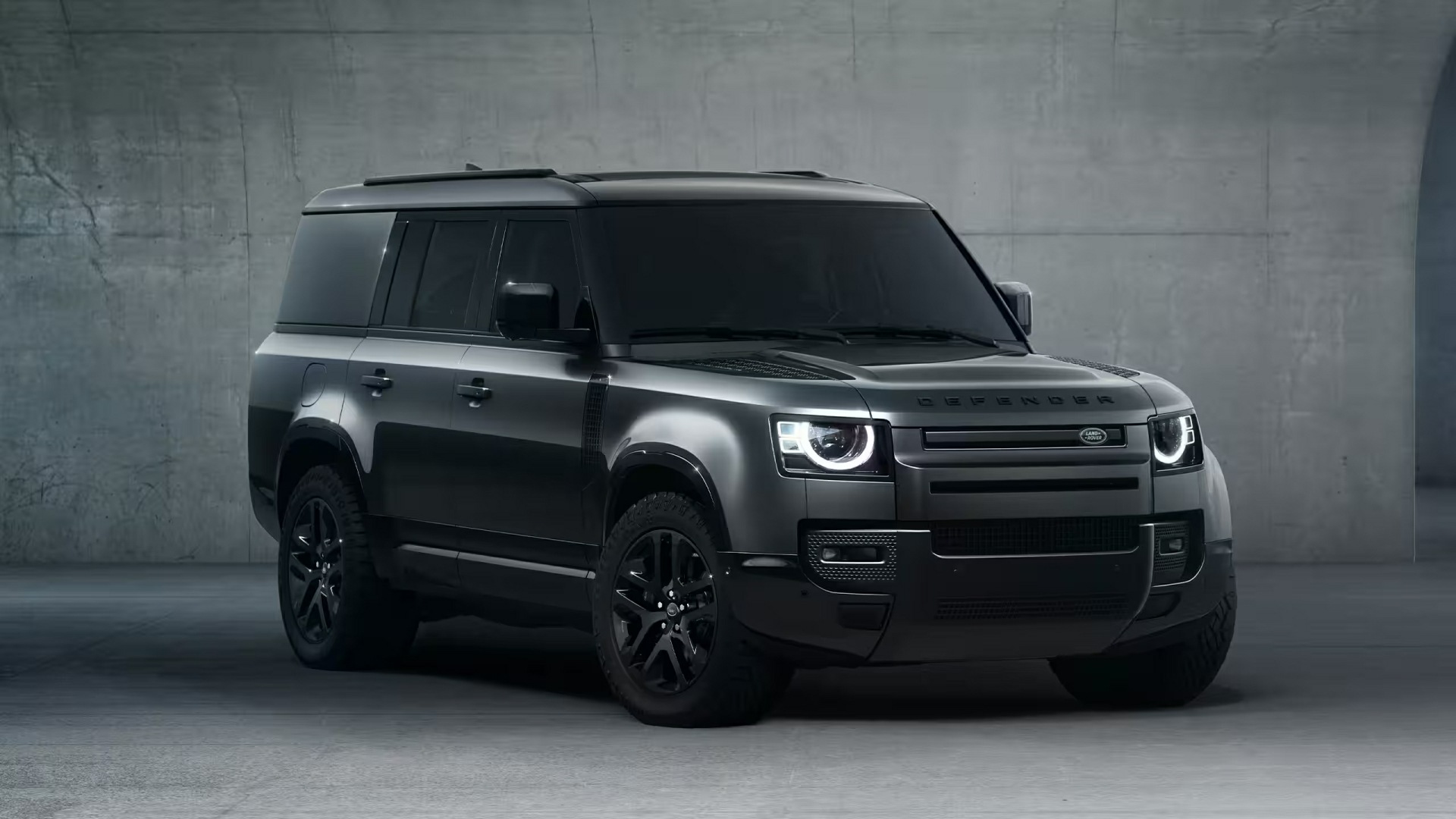
Additional options, such as all-terrain tires for $350 and various exterior accessories, towing packs, and off-road packs, contribute to the Outbound’s price. These include features like electronic active differential, brake-based torque vectoring, and a house-style electrical plug, which many consider essential for off-roading.
It’s worth noting that the Outbound only comes with the 130’s standard mild-hybrid inline-six engine, as the more powerful 5.0-liter supercharged V8 option is exclusive to the “V8” trim level.
For overlanders seeking extra cargo space, the Outbound’s larger storage area may be appealing, especially considering that removing the third row is a common modification among enthusiasts.
However, for those not specifically interested in this feature, the additional cost may seem unnecessary, as it primarily involves eliminating the third row, adjusting the load floor, adding body-colored window coverings, and applying exterior trim enhancements.
While the Outbound offers a sense of exclusivity, it lacks any distinct badging or identifiers. In summary, while the 130 Outbound is undoubtedly impressive, it shares the appeal of every other Defender in its lineup.

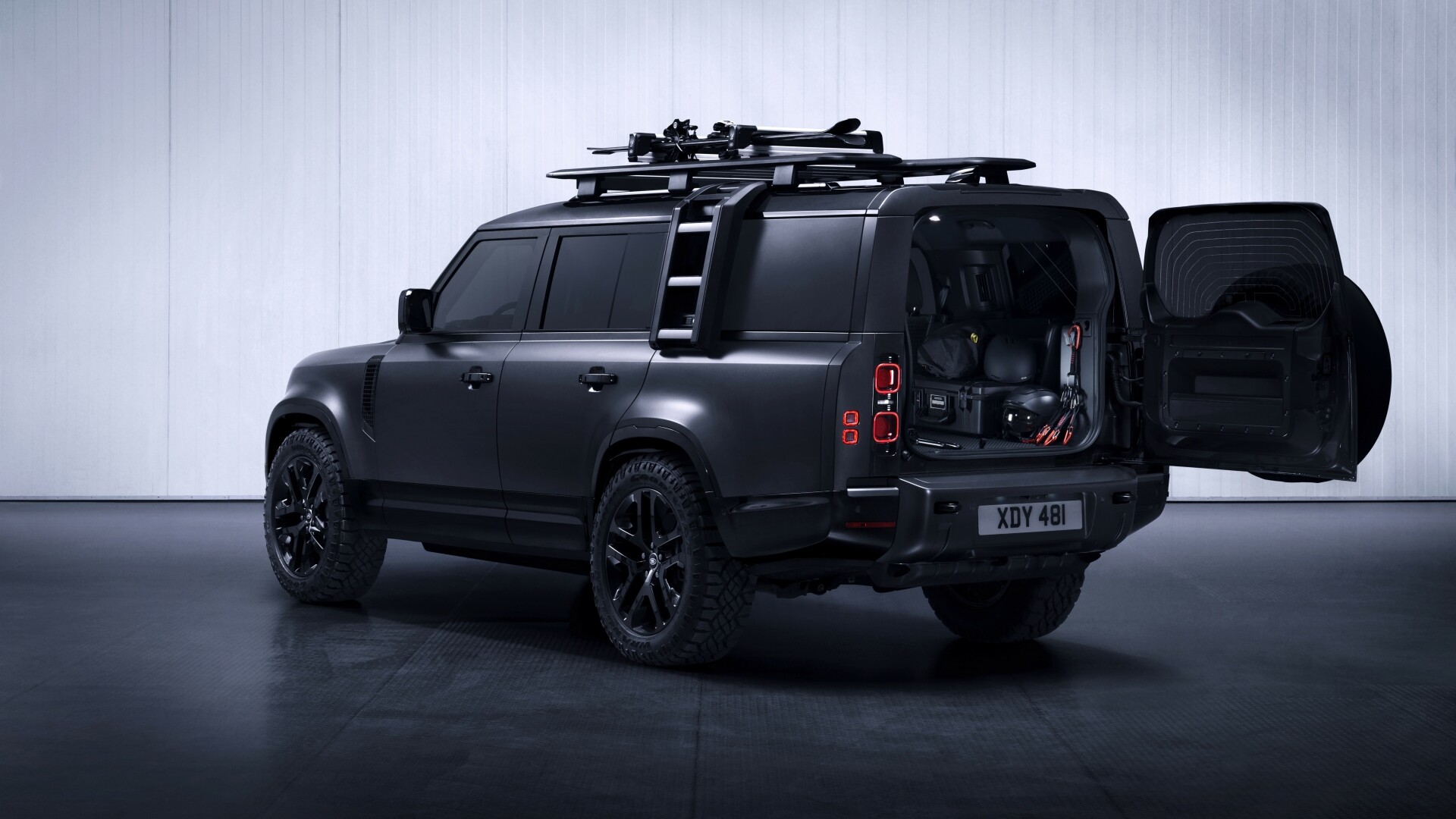
What’s the price, as tested??